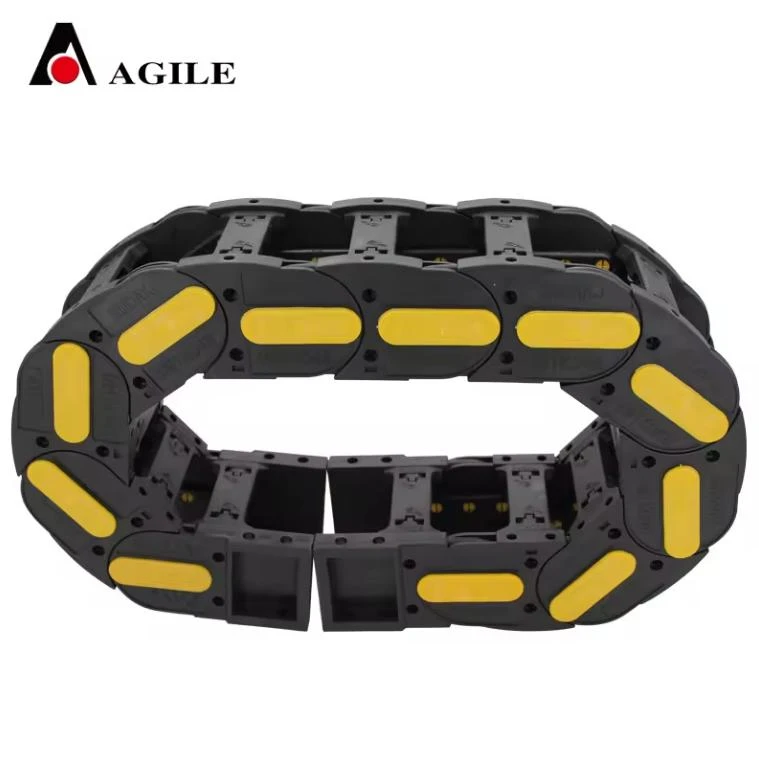wire drag chain
Understanding Wire Drag Chains Functions, Benefits, and Applications
Wire drag chains, also known as energy chains or cable carriers, play a crucial role in modern machinery and automated systems. These innovative devices ensure the safe management and mobility of electrical cables and hoses, minimizing wear and enhancing operational efficiency. In this article, we explore the functions, benefits, and various applications of wire drag chains.
What are Wire Drag Chains?
Wire drag chains are designed to support and guide flexible cables and hoses in motion. Typically made from durable materials such as plastic or metal, these chains consist of linked segments that provide a protective pathway for cables. As machinery operates, the chains move in unison with the components, smoothly guiding cables and preventing tangling or damage. This function is particularly vital in environments where continuous movement or high lateral forces are present.
Functions of Wire Drag Chains
The primary function of wire drag chains is to protect and organize cables. They prevent wear from friction and movement, which can lead to costly damage or maintenance. Additionally, these chains can accommodate various cable types, including power, data, and pneumatic lines. A well-designed drag chain will have enough space to allow for the movement of multiple cables while keeping them neatly bundled together.
Another essential function of drag chains is to minimize the risk of kinking or bending, which can adversely affect signal quality and electrical safety. By guiding the cables through a defined path, wire drag chains ensure that cables remain securely in place during operation.
Benefits of Using Wire Drag Chains
wire drag chain

1. Increased Durability Wire drag chains are engineered to withstand harsh conditions and heavy usage. By protecting cables from external wear and tear, they extend the lifespan of the cables, reducing replacement costs.
2. Enhanced Safety By keeping cables organized and preventing them from dragging on the ground or becoming tangled, wire drag chains reduce the risk of accidents in the workplace, contributing to a safer working environment.
3. Easier Maintenance With organized cables, maintenance and troubleshooting become significantly easier. Technicians can quickly identify and access specific cables, streamlining repair processes.
4. Efficient Space Management Wire drag chains can be customized to fit the specific layout of machinery, optimizing space and improving workflow in tight areas.
5. Improved Aesthetics In addition to their functional benefits, wire drag chains can enhance the overall appearance of machinery and equipment. A tidy, organized setup often leads to a more professional look in industrial and commercial spaces.
Applications of Wire Drag Chains
Wire drag chains find applications in various industries, including manufacturing, robotics, automotive, and aerospace. In automated assembly lines, for instance, they manage power and signal transmission to robotic arms. In CNC machines, drag chains ensure consistent cable management, contributing to precision and efficiency. Other applications include construction equipment, packaging machinery, and conveyor systems, where reliable cable management is crucial for operational success.
In conclusion, wire drag chains are an indispensable component in many modern industrial applications. Their ability to protect, organize, and manage cables significantly enhances machinery efficiency, safety, and longevity. As technology continues to advance, the design and functionality of wire drag chains will likely evolve, solidifying their role as essential elements in the future of automated systems.








